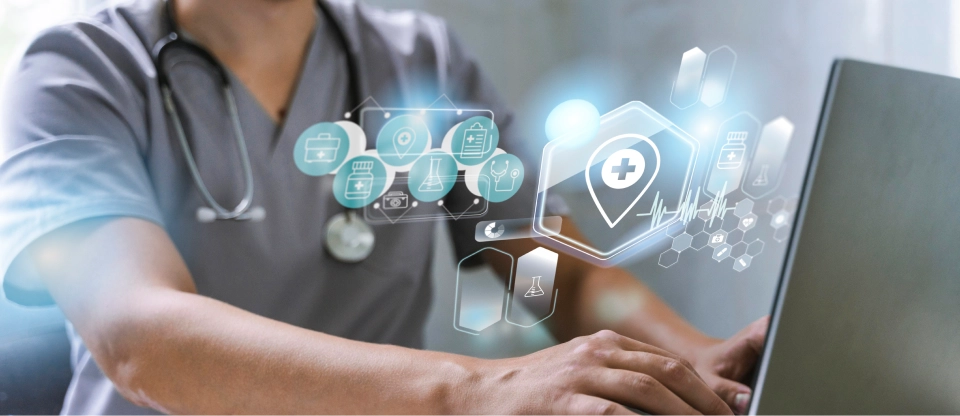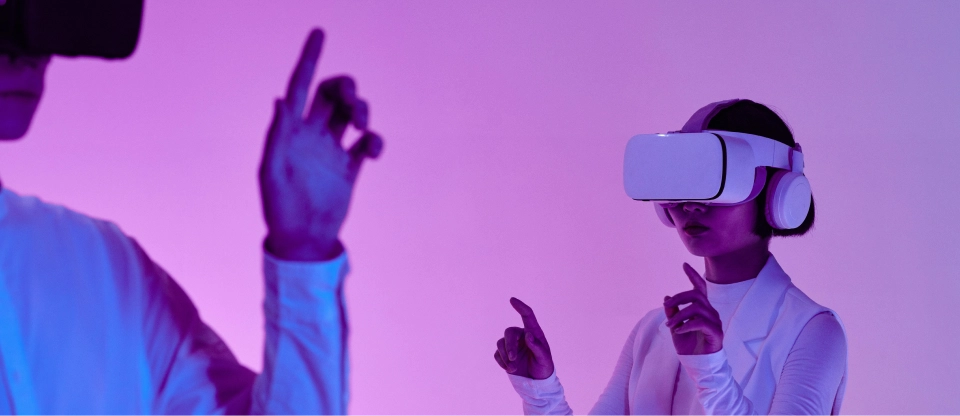The past several years have underscored the urgent need for resilient healthcare systems, as a barrage of events worldwide has exposed the vulnerabilities of how we organize and deliver care. The COVID-19 pandemic, hurricanes, floods, and even the out-of-control wildfires this summer have all highlighted the critical importance of crisis management in healthcare. In the wake of these events, many hospitals and clinics were ill-equipped to deal with the new demands, as logistical and staffing systems disruptions became significant risks and challenges. For example, in the early weeks of the COVID-19 pandemic, learning to cope with the various fluctuations in patient demands pushed healthcare personnel to the limits of their stress tolerance. Continuity of care is also a growing challenge, as many systems have proven vulnerable to minor disruptions such as snow days or inclement weather. Sometimes, events and threats bring systems to the brink of collapse or render them unrecognizable. To adapt, healthcare leaders must embrace more flexible and responsive systems that can withstand extended emergencies.
Published on: 18 Oct 2024








